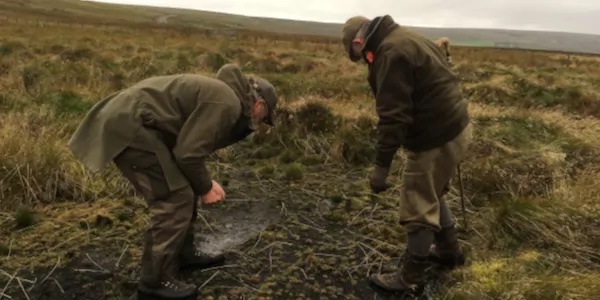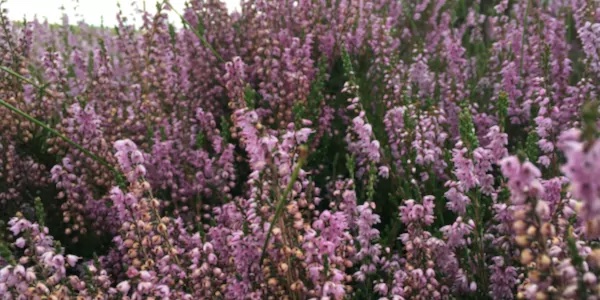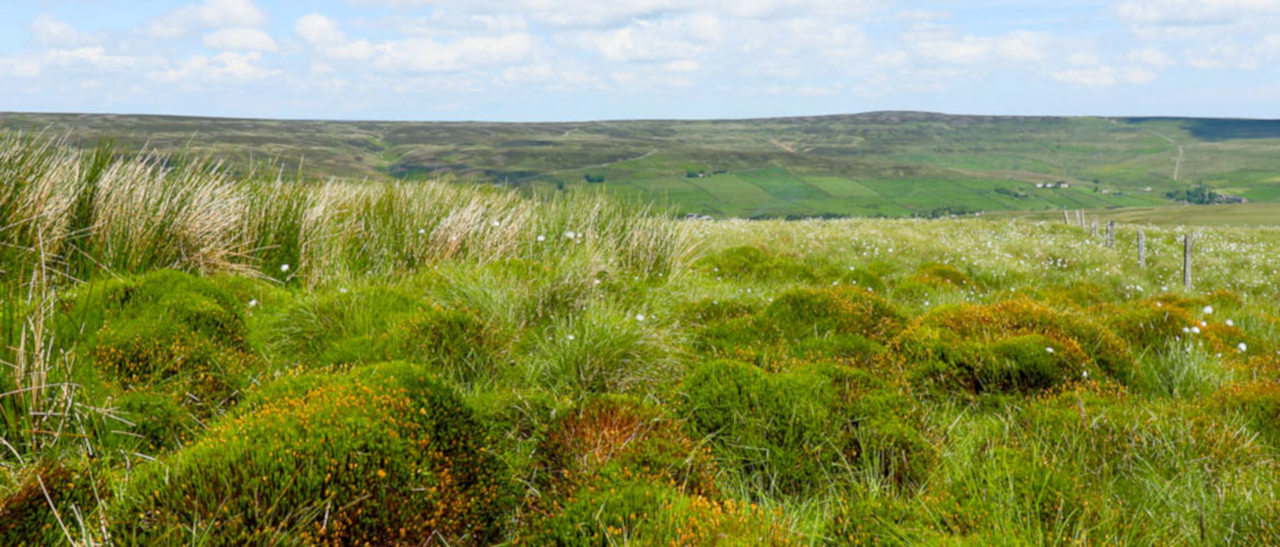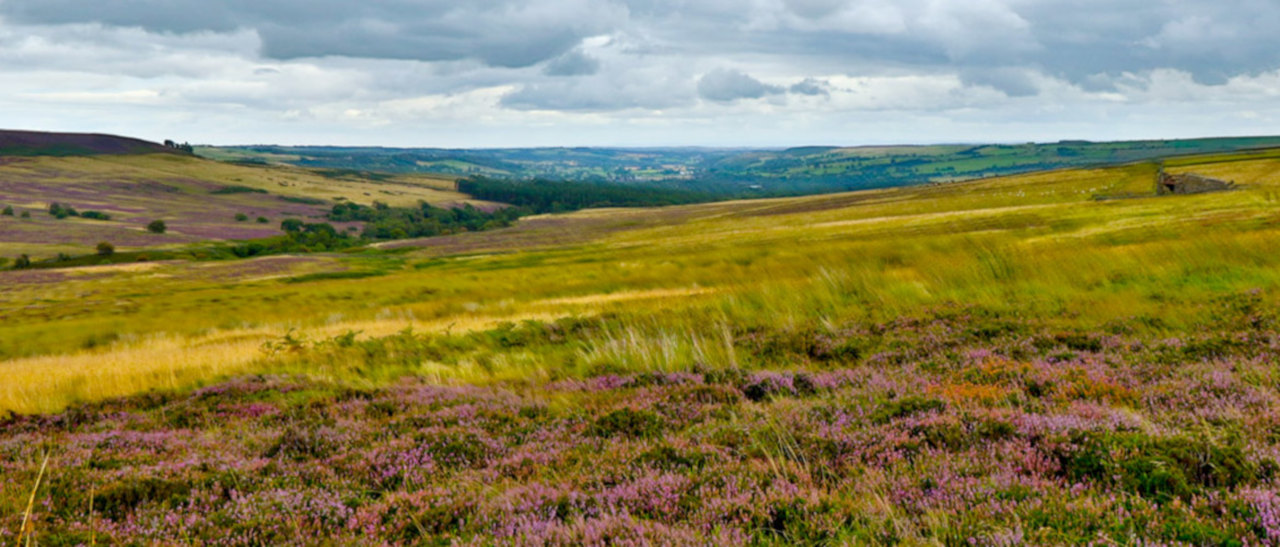Protecting and restoring unique upland habitat and its endangered wildlife
Who We Are
Who We Are
About The Philip Wayre Upland Trust
Founded in 1994 by the naturalist and conservationist Philip Wayre, the Trust is a charity dedicated to protecting and restoring unique upland habitat and its endangered wildlife.
Our Key Aims / Objectives
- To conserve threatened upland wildlife and associated flora and fauna for the public benefit
- To protect and restore moorland habitat increasing biological diversity
- To raise public awareness of the value of conservation and restoration of upland habitat and wildlife
- To promote research and scientific study of upland ecology to provide evidence for future sustainable management
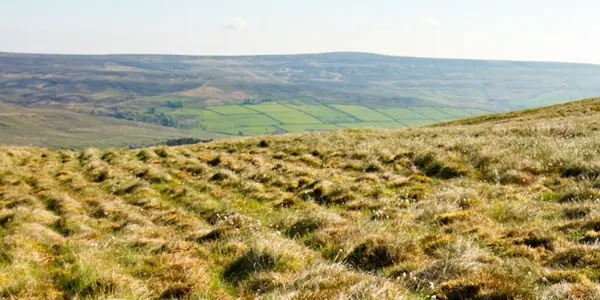
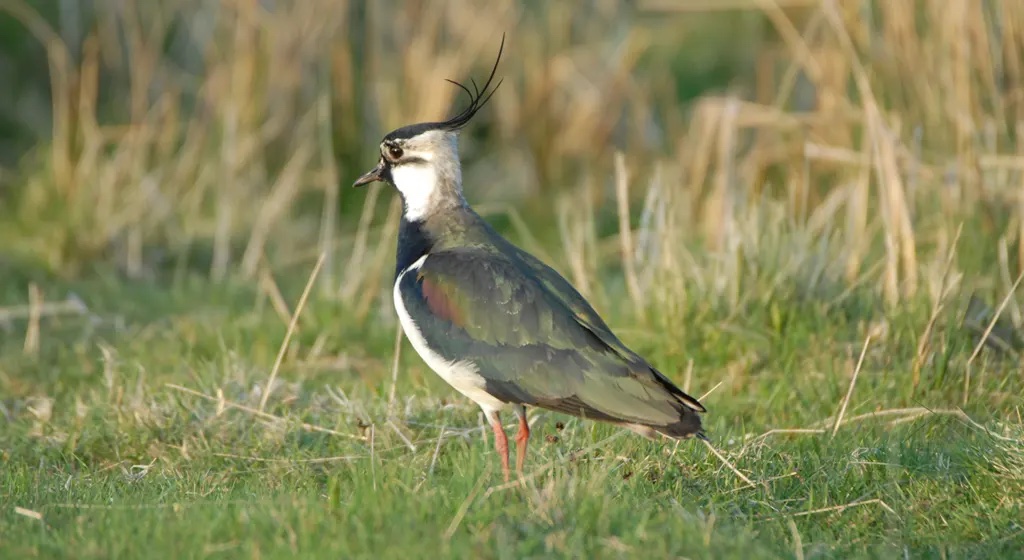
What We Do
What We Do
The Philip Wayre Upland Trust owns and manages two upland sites in the North Pennines, Lintzgarth Fell and Thornhope Moor.
Covering approximately 800 acres in total, these sites are home to various threatened upland species, including black grouse, lapwing and curlew. The Trust's mission is to identify workable conservation solutions which sustain and restore the balance of upland ecology while supporting threatened target species.
Ongoing Projects
- Dwarf shrub regeneration
- Blanket bog restoration
- Wader and rush management
- Black Grouse monitoring
- Grey Partridge supplementary feeding
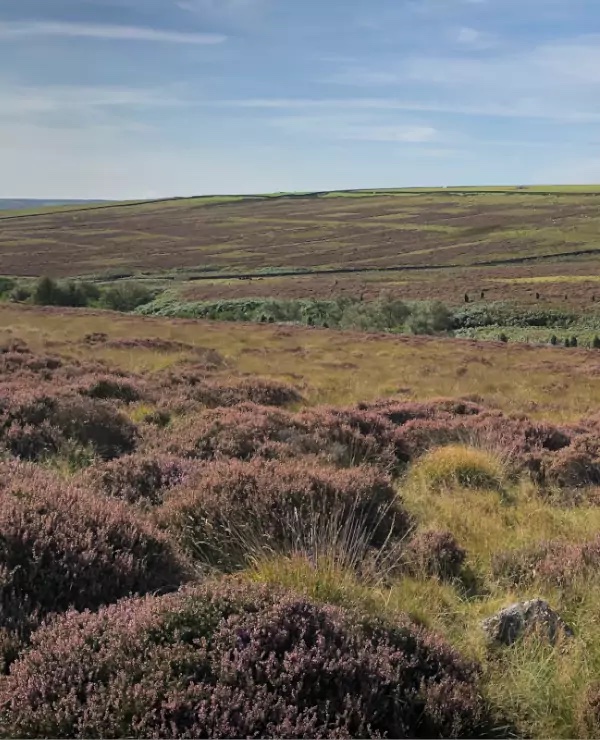
Why We Do It
Why We Do It
Conservation of endangered upland wildlife
Over the last century, the numbers of black grouse and waders have declined dramatically due to habitat loss, climate change and predation. If their habitat is not protected and in many areas restored, they will be lost from the uplands, and their already declining numbers will decrease even further.
We take part in important scientific projects to produce scientific data which provides the evidence needed to carry out sound sustainable management of this upland wildlife and the countryside.
Protection and restoration of unique upland habitat
Small projects to enhance the environment contribute to a substantial overall difference. Conservation is a balance that can be achieved by understanding and working with natural processes. The Trust hopes that achieving a greater understanding of the upland ecology can inspire the next generation of conservationists and nature lovers to continue this vital work.
More About Why We Do It
How We Do It
How We Do It
The Philip Wayre Upland Trust benefits from the hard work of volunteers and the knowledge shared by working partnerships to increase habitat diversity and protect vulnerable species on both its reserves.
Management Methods
- Rush Cutting
- Heather Burning / Cutting
- Wader Scrapes / Ponds
- Tree Planting
- Bracken Control
- Managed Livestock Grazing
- Dry Stone Walling / Fencing
- Public Access
- Predator Control
